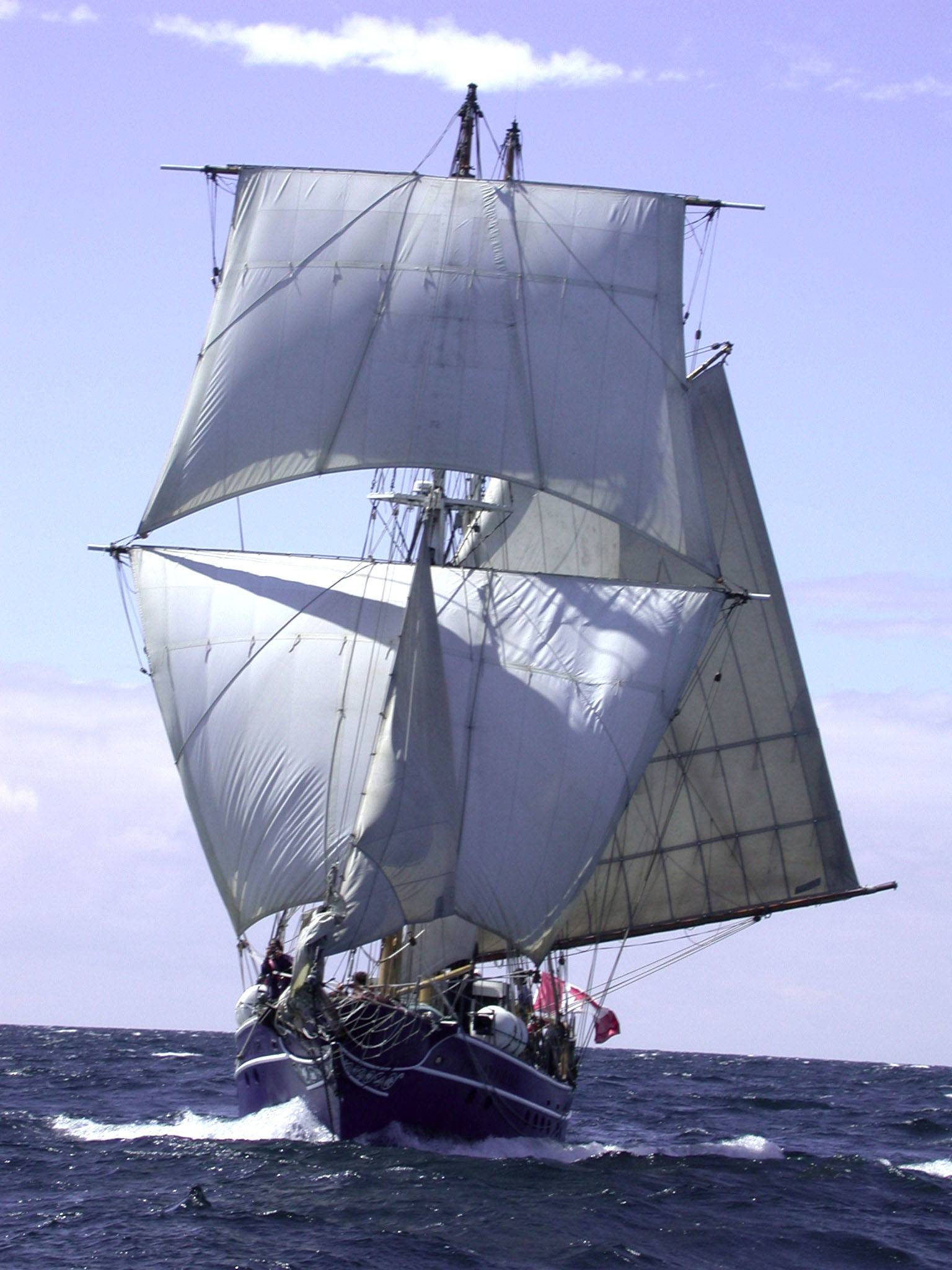Unmanned sailing ships may become the new weapon in combating global warming
 London, September 1 : A fleet of 1,500 unmanned sailing ships may become the new weapon in the fight against global warming, by creating wakes that whiten clouds to reflect the heat of the Sun better.
London, September 1 : A fleet of 1,500 unmanned sailing ships may become the new weapon in the fight against global warming, by creating wakes that whiten clouds to reflect the heat of the Sun better.
According to a report in the Times, the concept was put forward by a scientist at the University of Edinburgh.
The concept involves vessels powered by a radical rotary-sail technology that could patrol selected areas of ocean, spraying tiny droplets of seawater into existing clouds.
The droplets increase the surface area and so whiten the cloud, bouncing more radiation back into space and offsetting the warming caused by burning fossil fuels.
“The beauty of the system is that it runs on wind and seawater,” said Stephen Salter, author of a paper published in the Royal Society’s Philosophical Transactions.
“You can apply the effect locally, to cool down the Arctic or the seas around coral reefs. It would give us complete control. We could even take ourselves back to a little ice age. The effects can be turned up or down, or shut off completely if something unexpected happens,” he added.
The cloud ships will be propelled by the wind, using a rotational aerodynamic force not used in ships for 80 years.
“The main reason for us to use these rotors is that they are computer-friendly,” said Dr Salter. “Traditional sailing ships have evolved to be sailed by humans. It’s much easier to sail a Flettner system. All you need to do is steer and adjust the rotor speed. Reverse the spin and you go backwards,” he added.
The spinning sails deliver surprising power.
The cloud ships will cruise at gentle speeds of eight knots while spraying, but when moving location or running from bad weather, the vessels are theoretically capable of up to 24 knots - fast even for a racing yacht.
A back-up diesel engine can also help to bring the ships, costing 1 million pounds to 2 million pounds each, safely back to port.
A companion paper published in the same Royal Society issue shows that the change in the brightness of marine clouds could cool the planet enough to compensate for the doubling in man-made carbon dioxide since the industrial revolution.
A reduction of only 3.7 watts per square metre - less than 1.1 per cent of the 340 watts of heat per square metre that the Sun on average provides - would keep global temperatures stable until at least 2050.
Once the ships are in the water, they will do double duty as science labs, collecting meteorological data on the actions of aerosols and information on ocean salinity, plankton counts and acidity. (ANI)